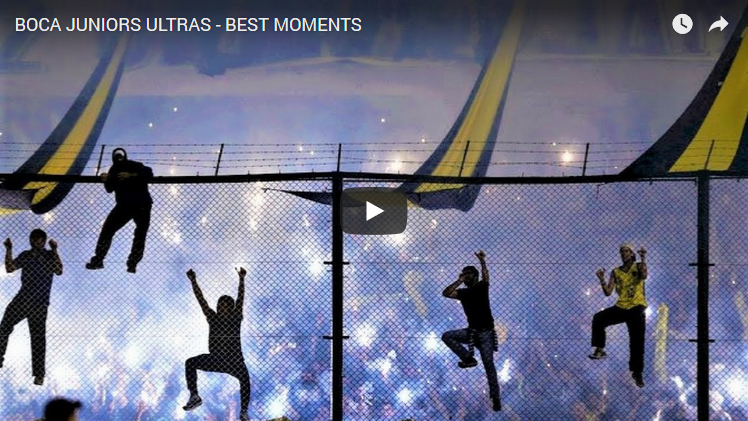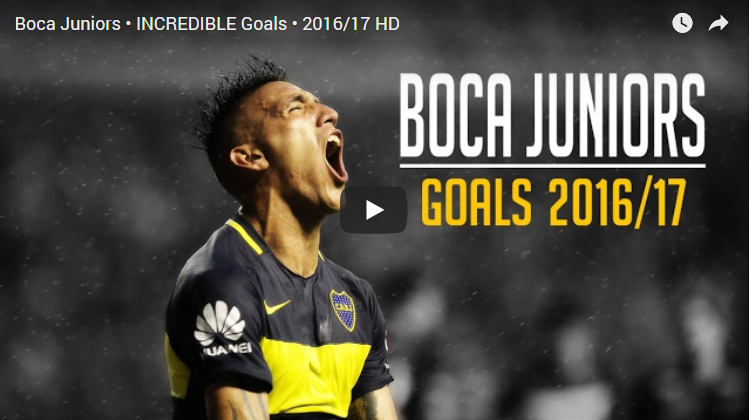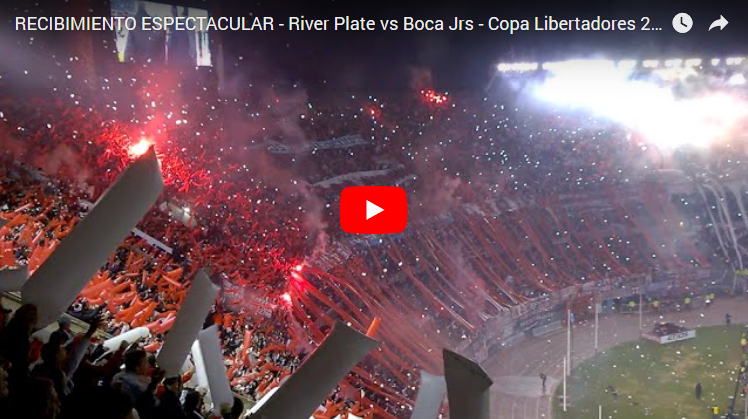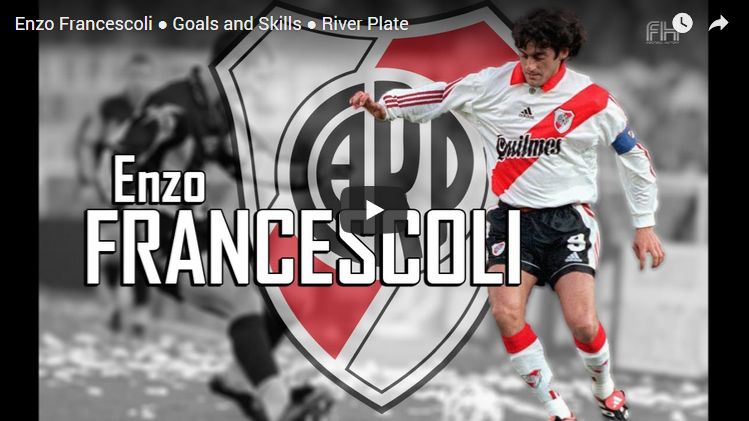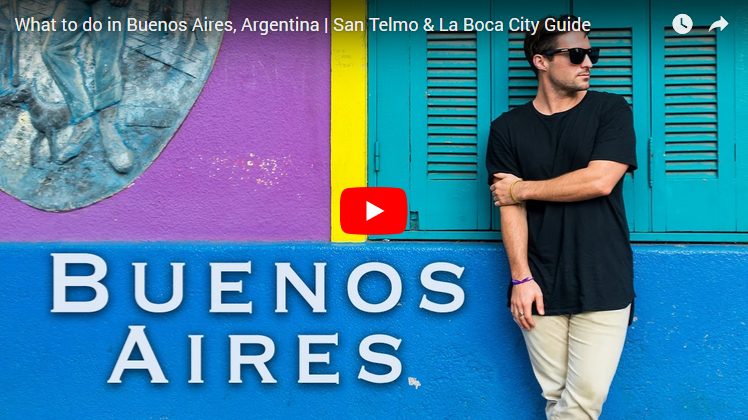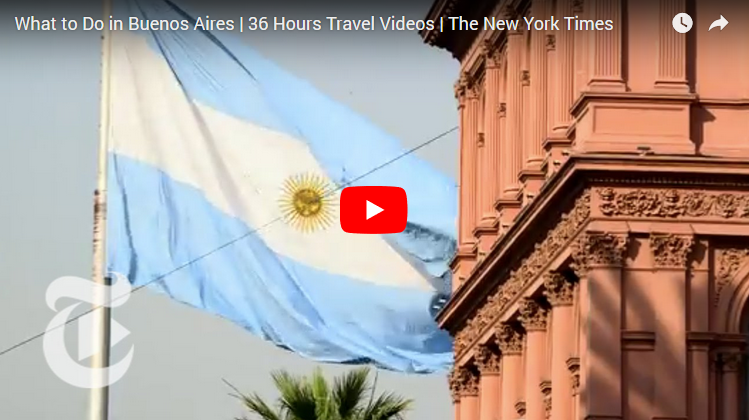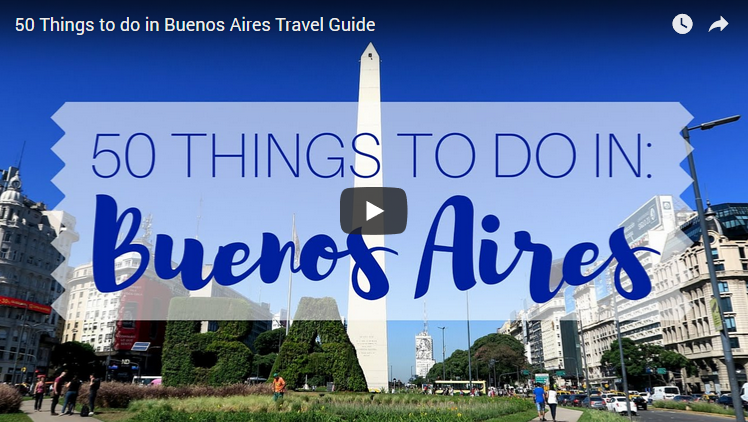The day Buenos Aires turns blue, yellow, white and red
The passionate rivalry of the biggest football derby in the world – the Superclásico – tops the list of sporting events to see before you die.
Forget about the Merseyside and Manchester derbies. Don’t even waste 90 more minutes of your time watching the El Clásico (for those who don’t know, that’s the game between Spanish rivals, FC Barcelona and Real Madrid).
Instead, take a trip to Bueno Aires, the cosmopolitan capital city of Argentina, and witness the fieriest and most colourful rivalry in world football – the Superclásico between Boca Juniors and River Plate.
The Sowetan Derby between Orlando Pirates and Kaizer Chiefs may hold a place in South Africans’ hearts, including that of South African Airways, but most people admit that the rivalry between Argentina’s two biggest clubs is known as the most scintillating in world football.
The rivalry has been likened to the Argentine tango, a sensuous improvisational dance that originated on the streets of Buenos Aires.
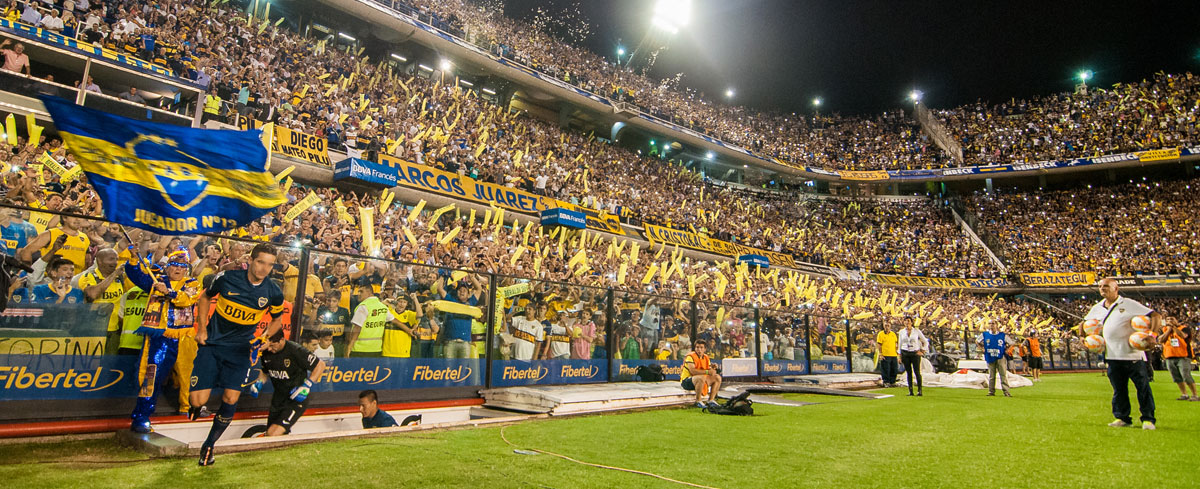
Boca Juniors fans, known as Xeneizes, are some of the liveliest ultras in the world, always singing to the beat of drums, whether they are winning or losing. (Image: Buenos Aires Ciudad)
For those football fans who have not experienced Superclásico at the stadium, the fixture is something of a mythological event in the imagination. For those who have been to one of the games, the experiences surpasses all expectations.
The two sides have been at each other’s throats since 1913, when they played their first official game against each. River won that one 2-1. Since then, the fixture brings Buenos Aires to a standstill.
British football magazine, FourFourTwo, and the Daily Telegraph have called the Superclásico the “biggest derby in the world” and The Observer said the “Derby day in Buenos Aires makes the Old Firm game [between Rangers and Celtic in Scotland] look like a primary school kick-about”.
The story of how they became rivals is usually thought of as a class war. But according to Joel Richards, author of Superclásico: Inside The Ultimate Derby, the rivalry started as a turf war in the port area of La Boca. “Both were founded by the children of immigrants, both had difficulty finding land in the area for their ground, and both chose to have some English in their name to add some perceived glamour to their club.”
Sing, even when you’re losing
It is known that Boca Juniors supporters go to La Bombonera, their home stadium, not to merely support their side, but to be the team’s twelfth player. The atmosphere is said to be one of the most electric in the world, with the “Xeneizes” – the nickname for Boca fans – shooting flares, chanting Dale Boca to the beat of drums, and climbing fences to make their voices heard.
Italian great Roberto Baggio became a Boca fan after watching fans passionately sing and dance at La Bombonera, despite losing 4-0. “It’s a good thing to do when you’re winning,” he said to a friend, only for the friend to reply: “Roberto, look, they’re losing.” That’s the moment he became an avid supporter.
Watch these Boca supporters in action and see why Baggio fell in love with them:
If you’re interested in the football, expect to see some spectacular goals from the Boca strikers.
The River Plate fans are no pushovers either. They hold their own when derby day comes. Just check out the video below taken at their home ground, Estadio Monumental, ahead of their clash with Boca. It will leave you with goose bumps.
River Plate holds the record for the number of league titles won with 36 under their belt, four more than Boca. Legendary players such as the elegant “Prince” Enzo Francescoli and Ariel Ortega have contributed to the club’s success.
Check out Francescoli in action for River Plate below:
Despite these accolades, Los Millonarios, as they are affectionately known, was relegated in 2011, for the first time in their 117-year history.
The club were sent to the country’s second division after a terrible season that involved, as The Guardian said, financial problems, poor administration, violent in-fighting among some fans and, most of all, the “sale of so many talented young players to foreign clubs, leaving managers struggling to hold a team together for more than a season or two”.
At the time, psychiatrists had to assess the impact the relegation would have on millions of depressed workers who were dealing with taunts from rival fans. It resulted in an increase in demand for antidepressants.
The club has since recovered and returned to winning ways, with two Copa Argentina championships in 2016 and 2017, and one Copa Libertadores – South America’s premier club competition – in 2015.
If you want to experience the Superclásico, as well as the sights and sounds of Buenos Aires, book with South African Airways.
If you want a taste of Buenos Aires before the big game, check out these videos:
If you want to know the dos and don’ts of being in Buenos Aires, watch below:


